It’s no longer science fiction AI Powered Robots are now part of our everyday reality. From cleaning homes and delivering groceries to performing surgeries and building cars, robots equipped with artificial intelligence are transforming the way we live and work.
Think about it: Your vacuum cleaner might be smarter than your college roommate! Or your food delivery robot might be learning traffic patterns better than a cab driver. Sounds wild, right?
But this is just the beginning. In this post, we’ll dive into how AI powered robots are reshaping industries, improving lives, and even creating new jobs not just taking them. Whether you’re a curious tech enthusiast or someone wondering what AI robots mean for the future, you’re in the right place. So, we explore how these smart machines are quietly changing our world.
No 1. What Exactly Are AI Powered Robots?
AI powered robots are machines that combine mechanical functions with intelligent decision making. Unlike traditional robots that only follow preset commands, AI robots learn from their environment, make decisions, and adapt over time.
Imagine a robot vacuum it doesn’t just bounce around randomly. It maps your room, avoids obstacles, and even remembers high traffic zones. That’s AI in action. In factories, robots learn to sort products faster. In hospitals, surgical robots adjust based on real time feedback.
They’re built with sensors, cameras, and machine learning models that allow them to “think” like humans only faster and with fewer coffee breaks!
No 2. AI Robots in Healthcare: Saving Lives Every Day
The medical field is already being transformed by AI powered robots. Think robotic surgeons like the Da Vinci Surgical System, assisting doctors with precision that goes beyond human capability.
They can perform complex surgeries with minimal incisions, reducing recovery time. Meanwhile, diagnostic robots are analyzing X-rays and lab results with better accuracy than some doctors.
See More: The Future of Technology 10 Real World Changes Already Shaping Tomorrow
And in eldercare? Robots are helping patients walk, monitoring vitals, and even offering companionship. They don’t replace nurses, but they enhance care ensuring more people get timely, high-quality support.
No 3. Revolutionizing Manufacturing with AI Automation
Manufacturing is where AI powered robots shine brightest. They’re not just assembling cars anymore they’re predicting when a machine might fail, optimizing workflows, and even improving quality control.
For example, Tesla uses AI robots that don’t just weld they learn from past mistakes, improve alignment, and reduce defects. This saves time, money, and resources.
What’s even cooler? Human workers are now working with robots, not just alongside them. It’s called “cobots“ collaborative robots. They handle the heavy, repetitive tasks while humans focus on creativity and problem-solving.
No 4. AI in Retail and Delivery: Meet Your New Shopping Assistant
Ever had groceries delivered by a small robot? Welcome to the world of AI powered robots in retail and delivery!
Companies like Starship and Amazon are using smart delivery bots that navigate streets, avoid obstacles, and even alert you when they arrive.
In stores, AI robots monitor stock, suggest products, and assist customers. Walmart has robots that scan shelves, check inventory, and restock all faster than a human ever could.
Read More: 12 Emerging Technologies in Computer Science You Should Know
Soon, your shopping assistant won’t wear a uniform it’ll roll up to you on wheels.
No 5. Learning and Adapting: How AI Robots Think
What makes AI powered robots different from older machines is their ability to learn. Through machine learning and neural networks, they’re constantly improving.
Let’s say a robot in a warehouse lift box. Over time, it learns the best way to stack them to prevent damage. Or a robot barista learns your coffee order and adjusts the taste based on your feedback.
This adaptability means AI robots aren’t stuck in routines they evolve. And that’s what makes them so powerful (and sometimes a little scary!).
No 6. Everyday Use: AI Robots at Home
AI isn’t just for industries it’s in our homes too. Think smart vacuums, robot mops, window cleaners, or even robotic pets.
Got a Roomba? That’s a classic AI powered robot. It maps your space, detects dirt, and avoids stairs. More advanced models learn your cleaning habits and adjust routines automatically.
Soon we’ll have home robots cooking meals, folding laundry, and maybe even telling bedtime stories to kids. The future is comfortable and automated.
No 7. Autonomous Vehicles: The Ultimate AI Robot
Not forget self-driving cars are also AI powered robots just on wheels.
These vehicles use AI to process tons of data from cameras, sensors, and GPS to navigate roads. Companies like Tesla, Waymo, and even Apple are investing billions into this space.
And while fully autonomous driving isn’t perfect yet, we’re getting closer every year. The goal? Safer roads, fewer accidents, and more free time during commutes.
No 8. Hospitality Robots: From Hotels to Airports
Walk into some hotels or airports, and don’t be surprised if you’re greeted by a robot concierge.
AI robots in hospitality are checking in guests, delivering luggage, guiding travelers through terminals, and even brewing coffee. Hilton’s “Connie” is a robot concierge powered by IBM Watson it answers guest questions in real time.
They never get tired, don’t take breaks, and always smile (digitally, at least).
No 9. AI and Security Robots
Security is another area where AI powered robots are stepping up. These bots patrol malls, monitor buildings, and even detect suspicious behavior.
For example, Knightscope robots are used in the U.S. to patrol parking lots and office parks. Equipped with 360° cameras, microphones, and thermal sensors, they act as mobile surveillance towers.
They don’t carry weapons but are excellent at observing and alerting human guards before incidents happen.
No 10. Environmental Impact: Robots Helping the Planet
One of the lesser-known uses of AI powered robots is in environmental conservation. From cleaning oceans to planting trees, robots are helping restore balance.
For instance, there are underwater AI bots collecting plastic waste and drones planting trees in deforested areas.
They’re also used in agriculture to monitor soil, detect pests, and reduce pesticide use promoting healthier crops and less pollution.
Conclusion: Embrace the Future, Don’t Fear It
Robots can sound intimidating. We’ve all seen the movies. But in real life, AI powered robots are more helpful sidekicks than evil overlords.
They’re not here to replace us; they’re here to make life easier, safer, and more efficient. From hospitals to homes, from factories to farmlands these robots are quietly reshaping our world.
And the best part? You don’t need to be a tech genius to benefit from them. Just be open, stay curious, and embrace the wave.
Because the future isn’t just coming it’s already here. And it’s powered by AI.
FAQs: AI Powered Robots
1. Will AI powered robots take away human jobs?
Not entirely. While AI robots automate some tasks, they also create new roles in robot maintenance, programming, and AI ethics. Most experts believe humans and robots will work together, not compete.
2. Are AI robots safe to use at home?
Yes! Most consumer-grade AI robots (like vacuums or lawnmowers) are built with safety sensors, obstacle detection, and emergency shut-off features. Just follow the manual and don’t let toddlers reprogram them!
3. How do AI robots learn?
They use machine learning algorithms to improve based on data. For example, a delivery robot learns the fastest path by analyzing past routes and adjusting to traffic conditions.

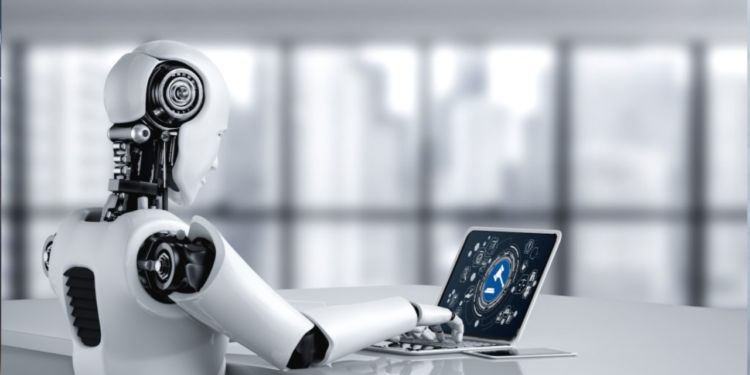
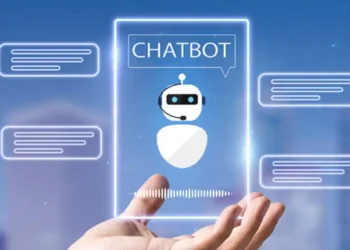
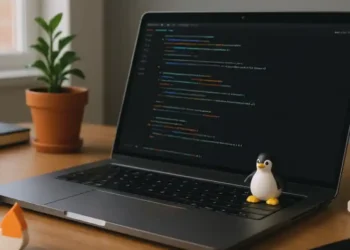

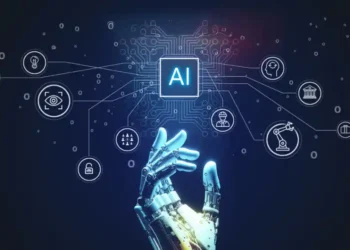
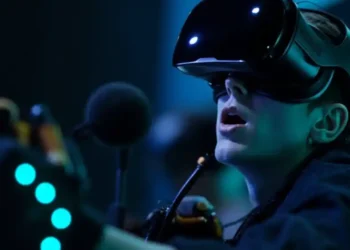
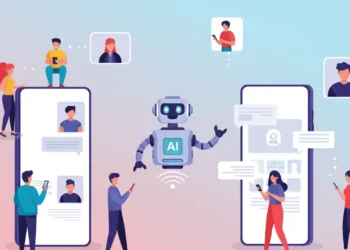








Discussion about this post